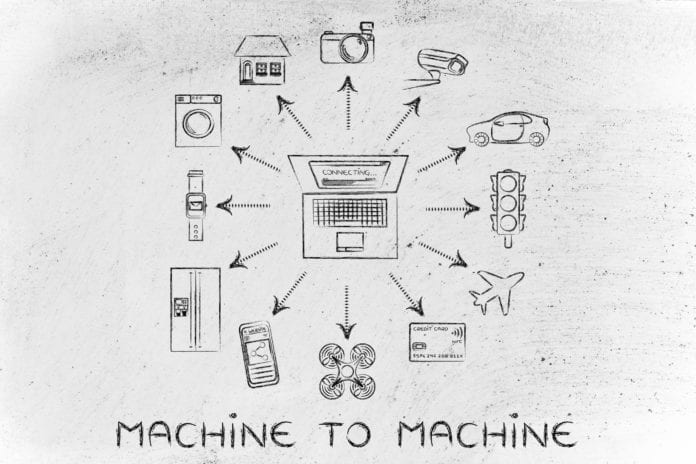The millions of connected devices that make up machine-to-machine systems and are part of the “internet of things” need to be switched on, configured, provisioned for services, maintained, updated with software, recovered from error conditions, monitored, queried for data, repaired and taken off their network connections at the end of their lifetime. Lightweight M2M is an open industry protocol from the Open Mobile Alliance built to provide a means to remotely perform service enablement and application management for “internet of things” embedded devices and connected appliances. It is a communication protocol for use between client software on an M2M device and server software on a M2M management and service platform.

The standard was created as a response to the industry’s desire for a low-cost remote management and service enablement mechanism that works over wireless connections and is lightweight, according to the Open Mobile Alliance. The group says the motivation to create LWM2M was the need to overcome issues from technical fragmentation, find a suitable mechanism to cater to the needs of constrained M2M devices and to generate benefits from decoupling system components via standardized interfaces.
The LWM2M protocol has four main characteristics, including featuring an architectural design based on representational state transfer application protocol interface; defines a resource and data model; has been designed with performance and the constraints of M2M devices in mind; and reuses and builds on the constrained application protocol secure data transfer standard that has been standardized by the Internet Engineering Taskforce as a variation of the internet’s HTTP protocol (appropriate for data transfer to and from low-cost connected IoT devices).

According to the Open Mobile Alliance, the standardized remote management mechanism was designed to create the following opportunities and business benefits for the M2M industry:
- Reduce the degree of fragmentation in the area of remote management for M2M thereby enabling more plug-and-play solutions between an increasing variety of M2M devices and the service enablement and application management platforms.
- Act as an enabler to grow the M2M market in various segments ranging from smart city management to energy management to location tracking. Benefit domains where the remotely controlled M2M appliances need to be of low cost to enable sustainable business models.
- The use of LWM2M can be expanded into market areas that turn out to benefit the most from its design characteristics.
- Improve time-to-market and the manageability of devices by providing a solution that can be used for both device management and application data and services regardless of how the system components are hosted.
- Lead to a decoupling of M2M appliances and server-side platforms, thereby enabling independent innovation of M2M devices and M2M platforms.
- Growing the number of interoperable M2M connected devices to provide more choice for M2M customers regarding M2M devices and their management platforms.
LWM2M has been designed to manage constrained devices like a battery powered location tracker attached to a container box or a streetlight controller. However, the Open Mobile Alliance says LWM2M is also able to manage more demanding M2M devices like an industrial hub or gateway.

